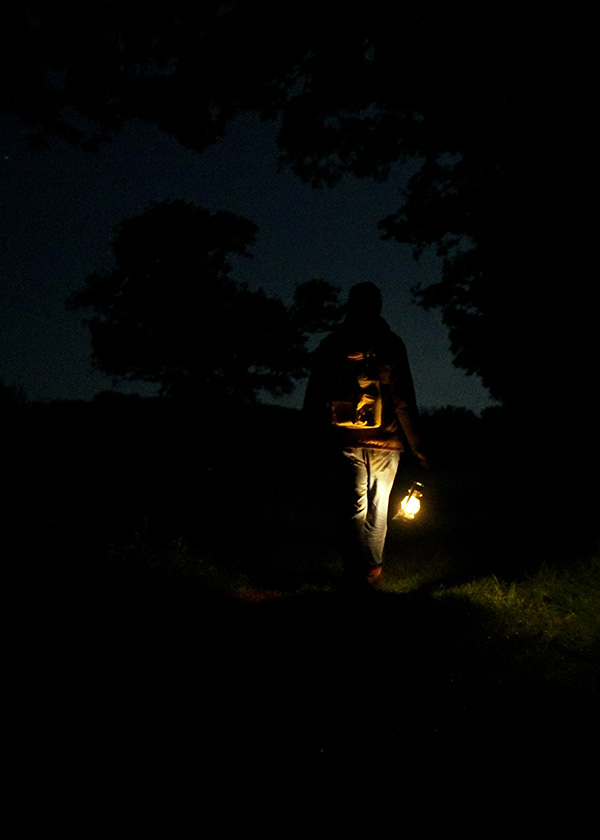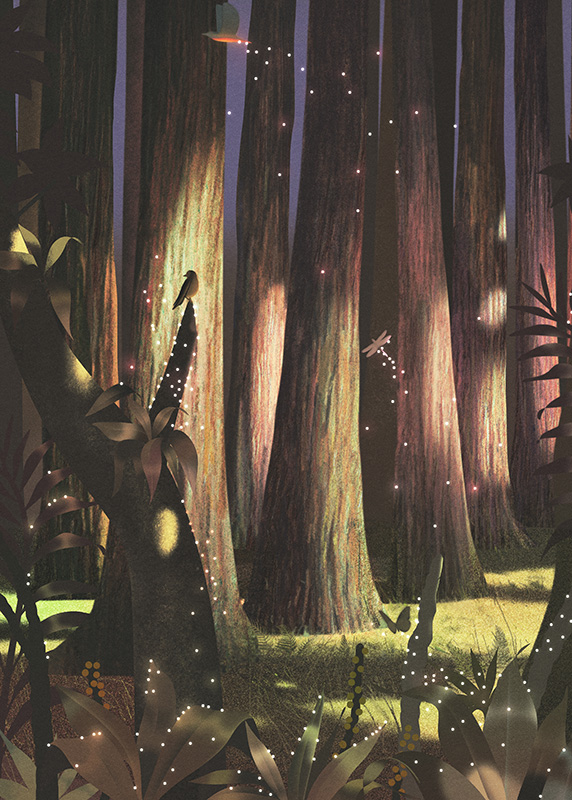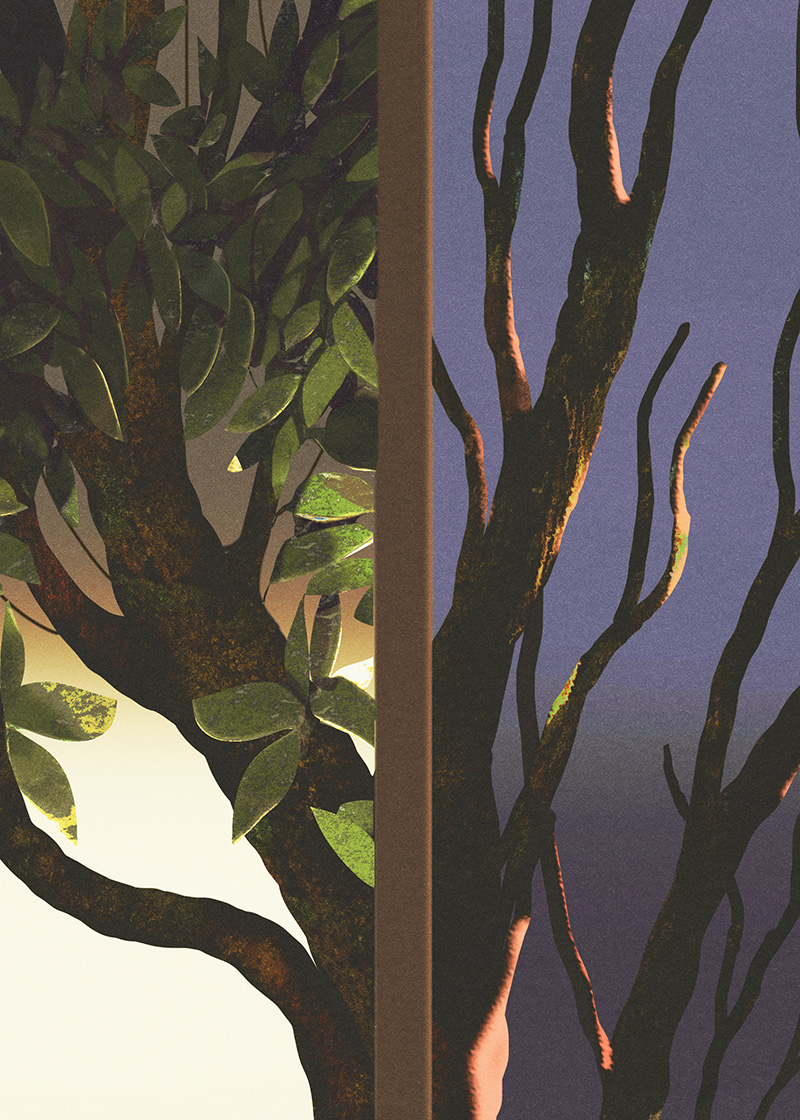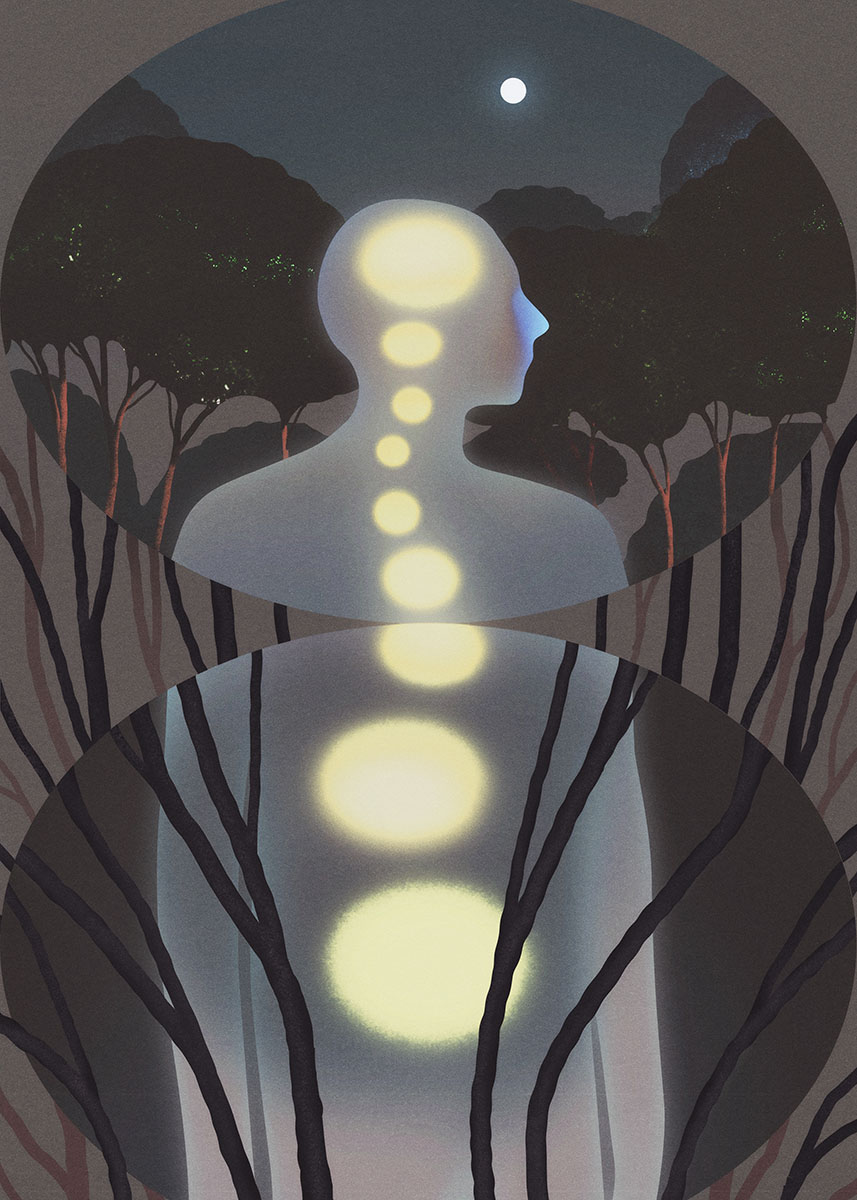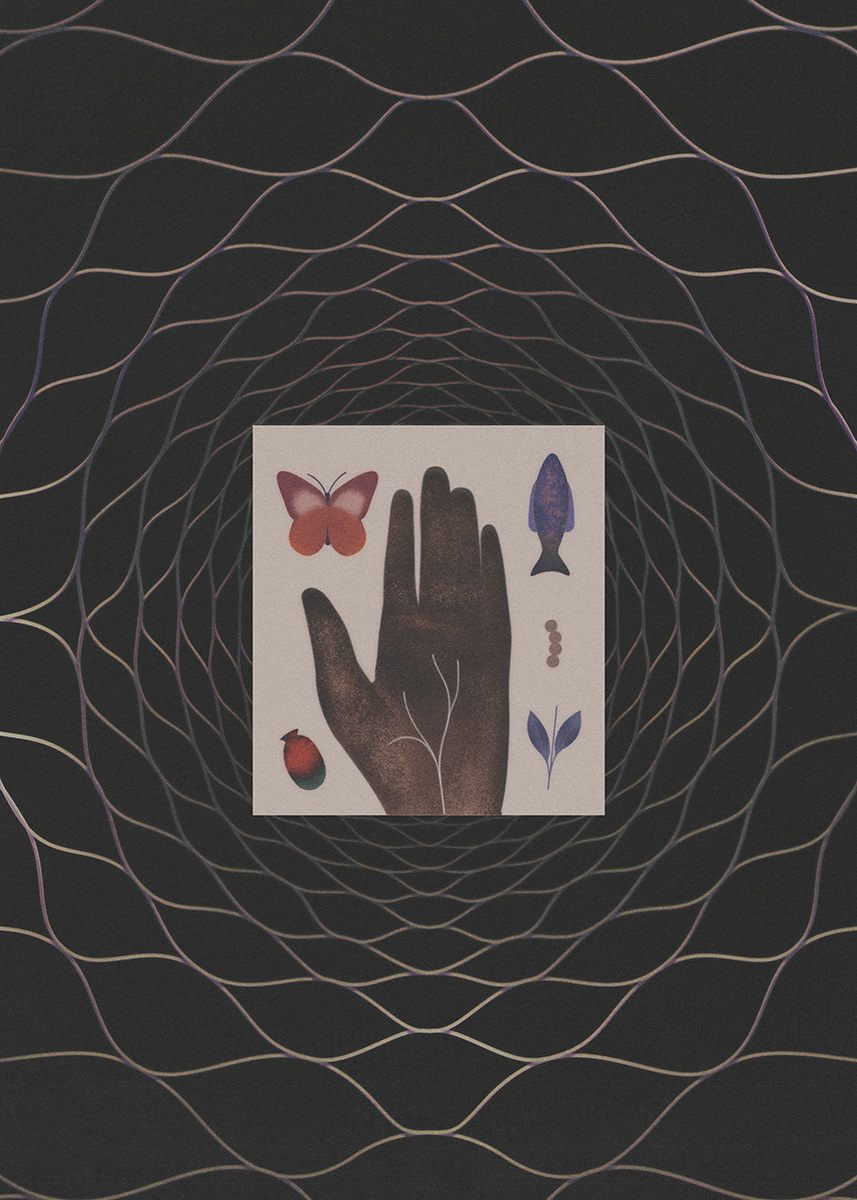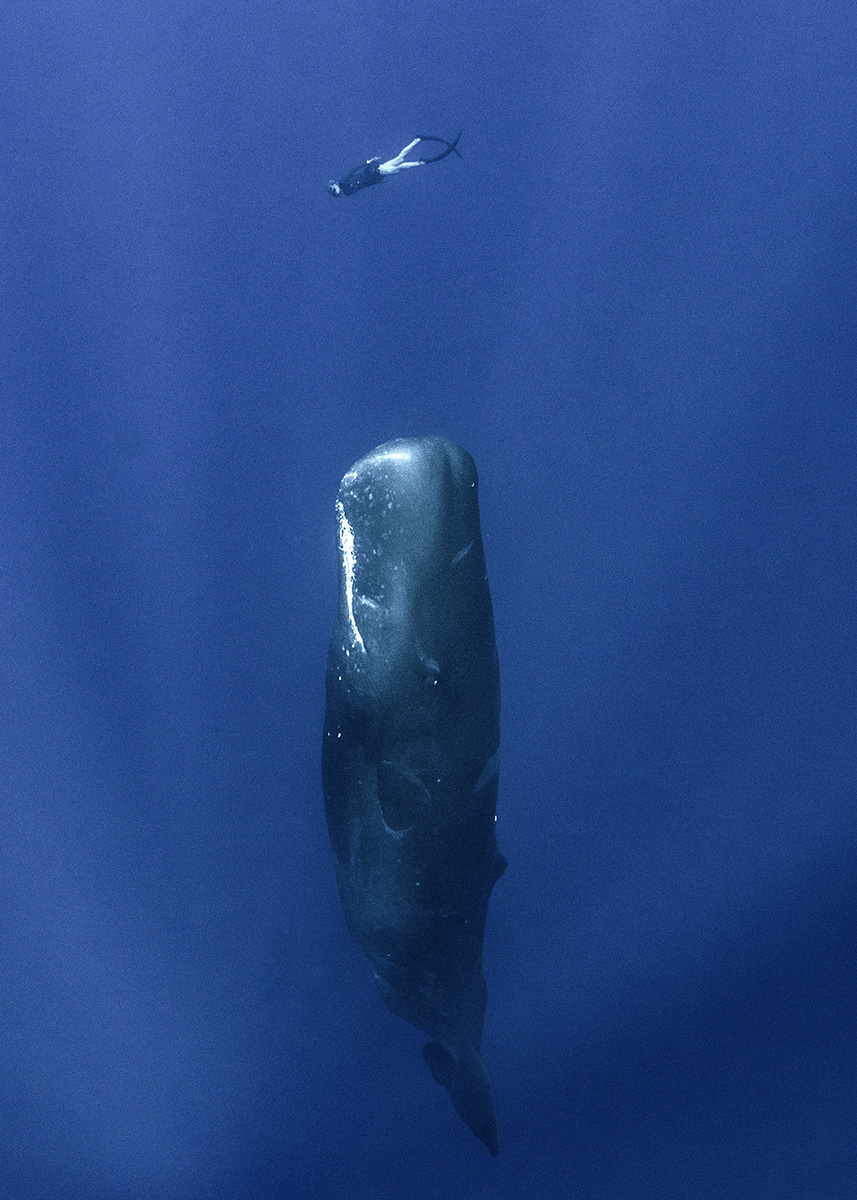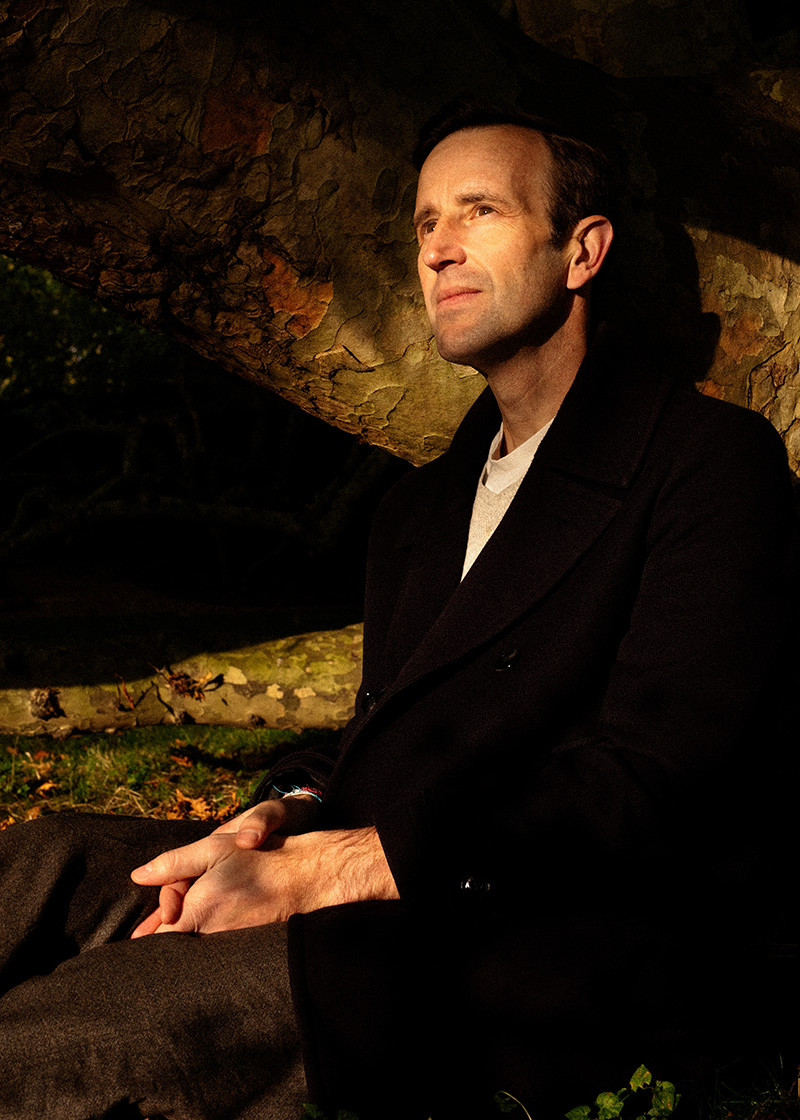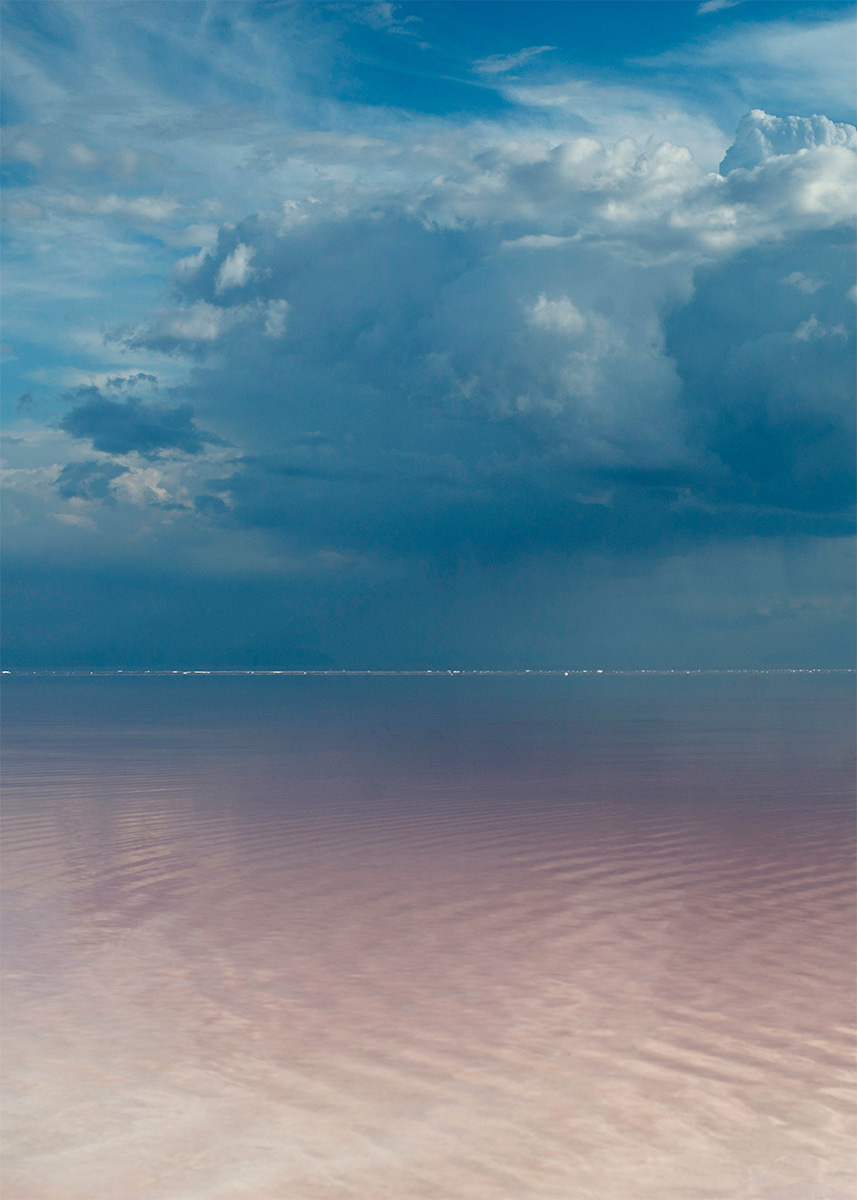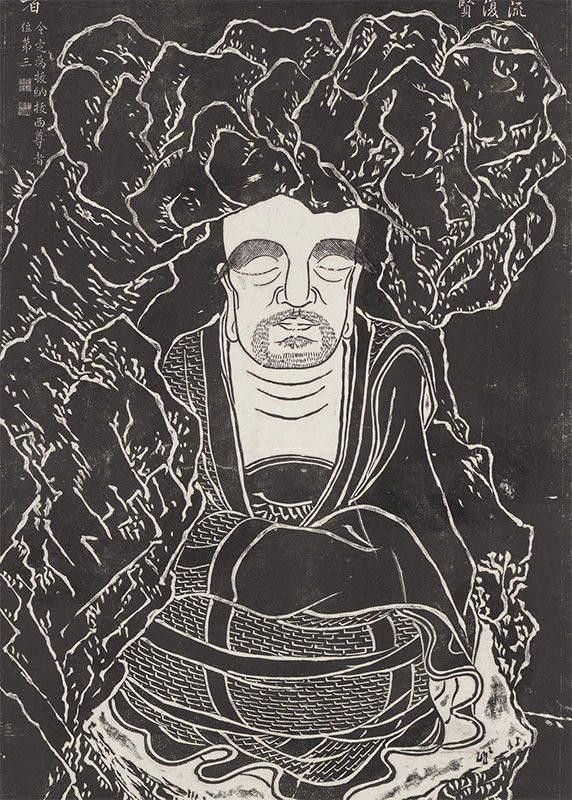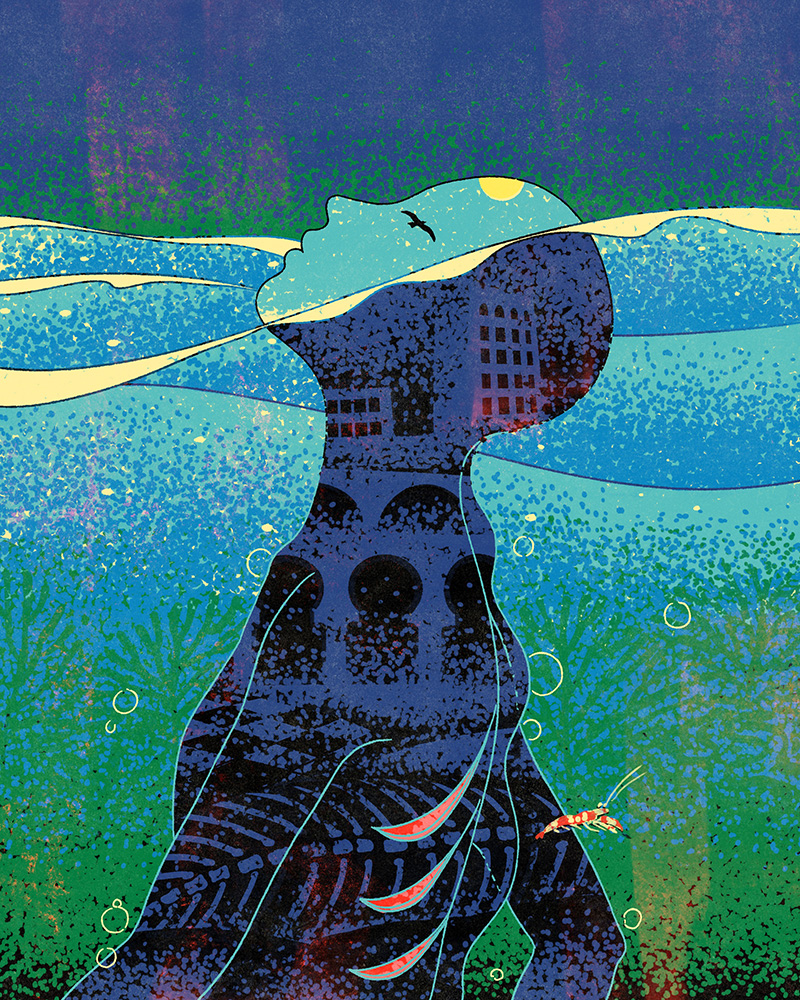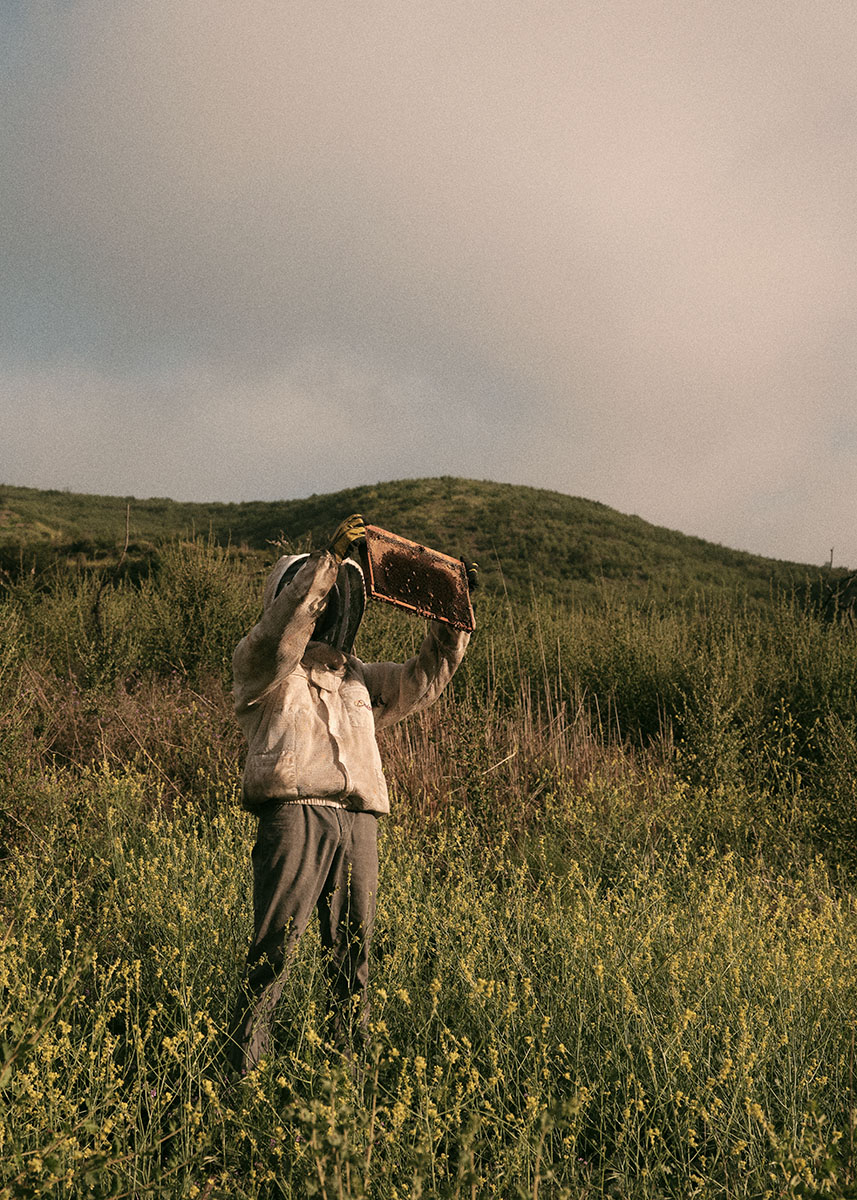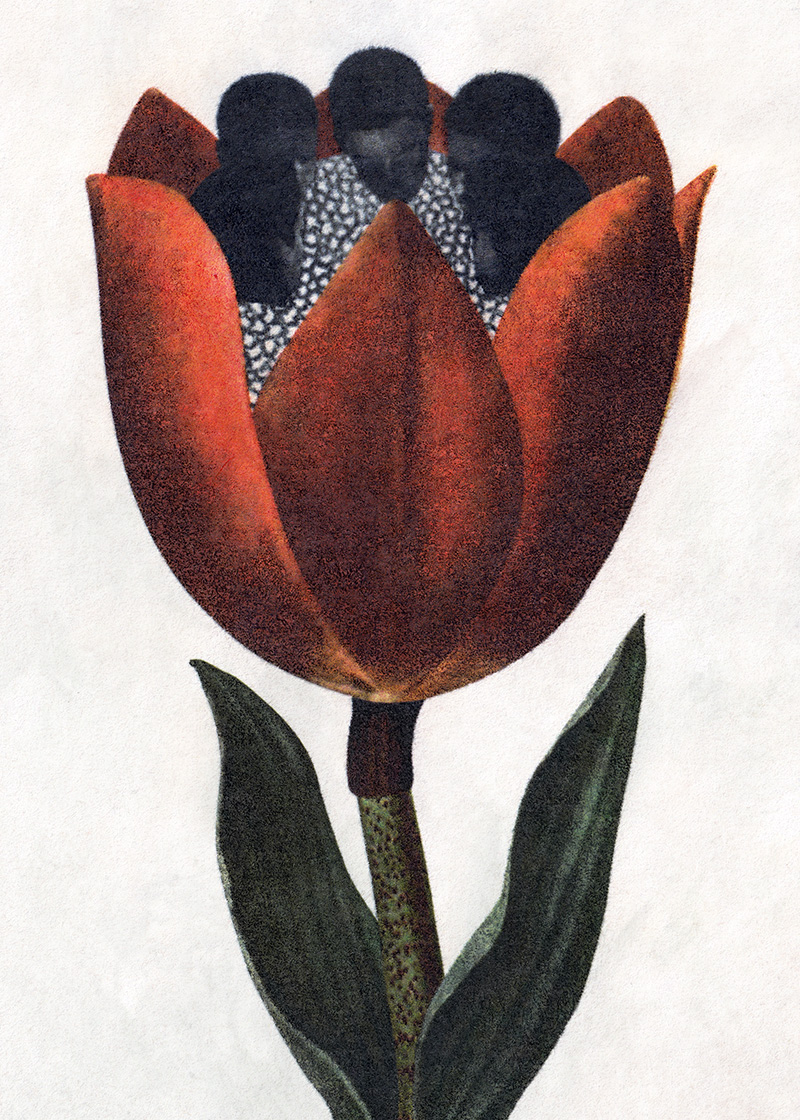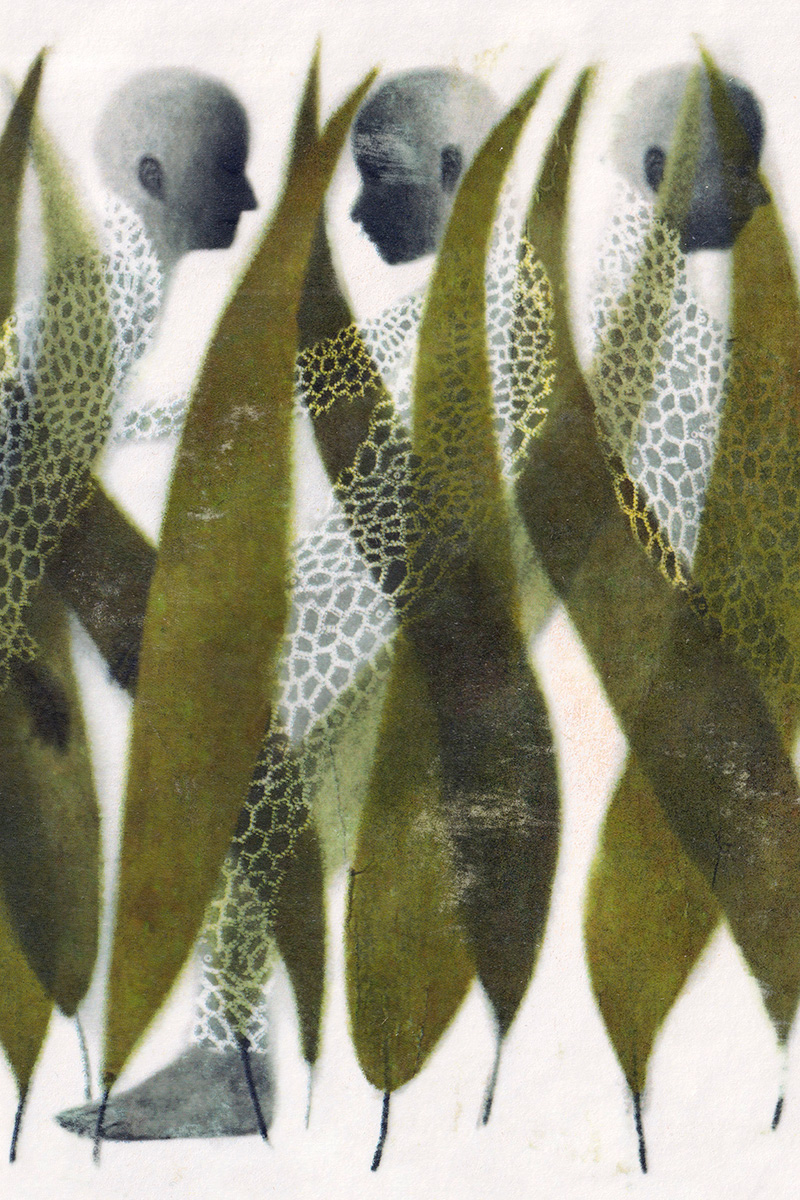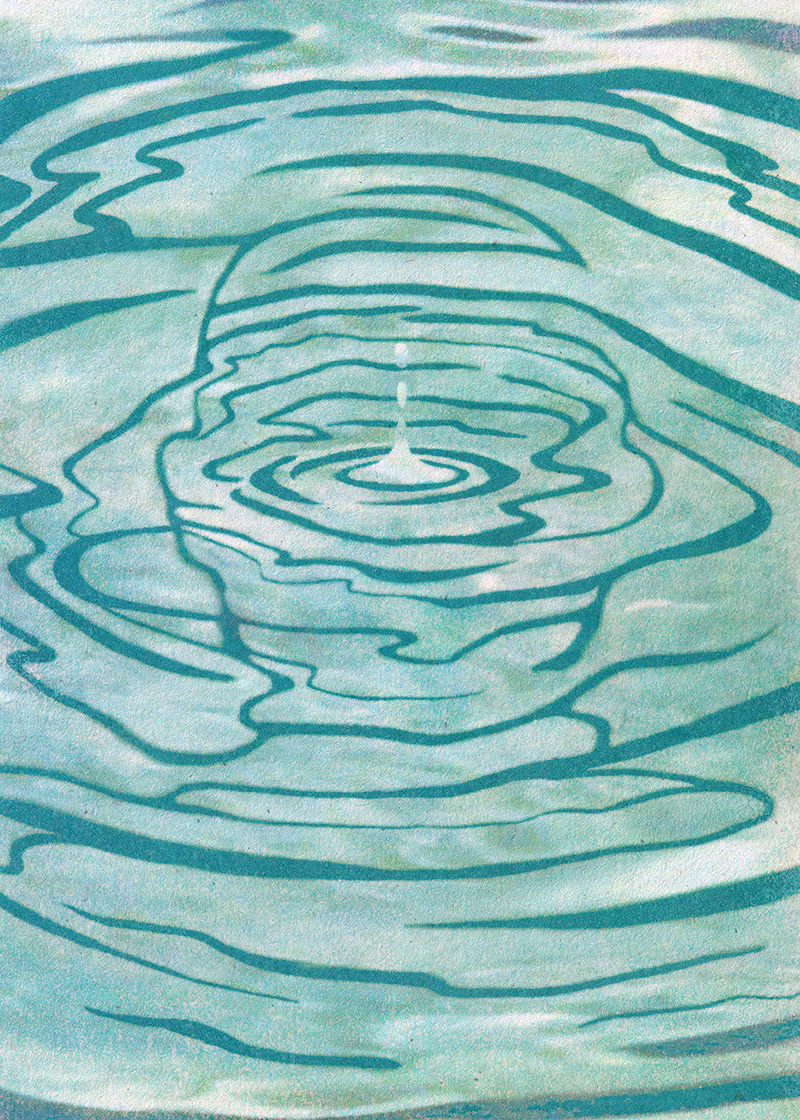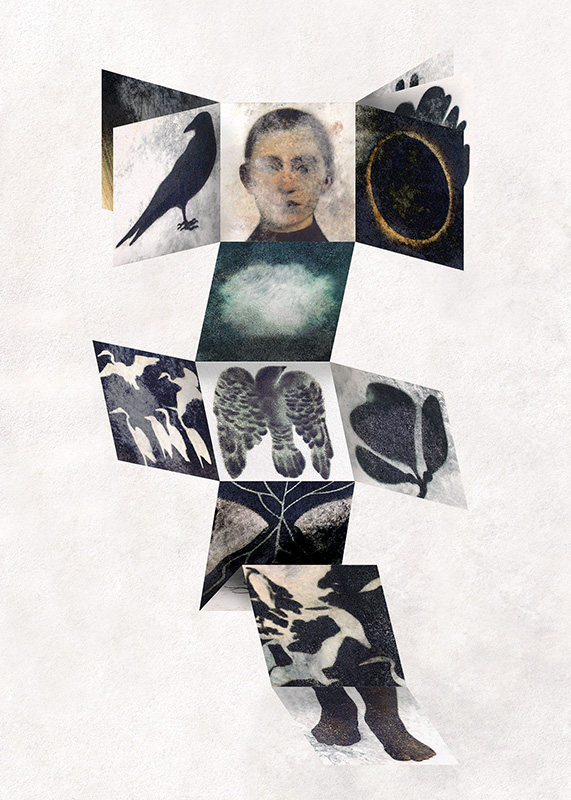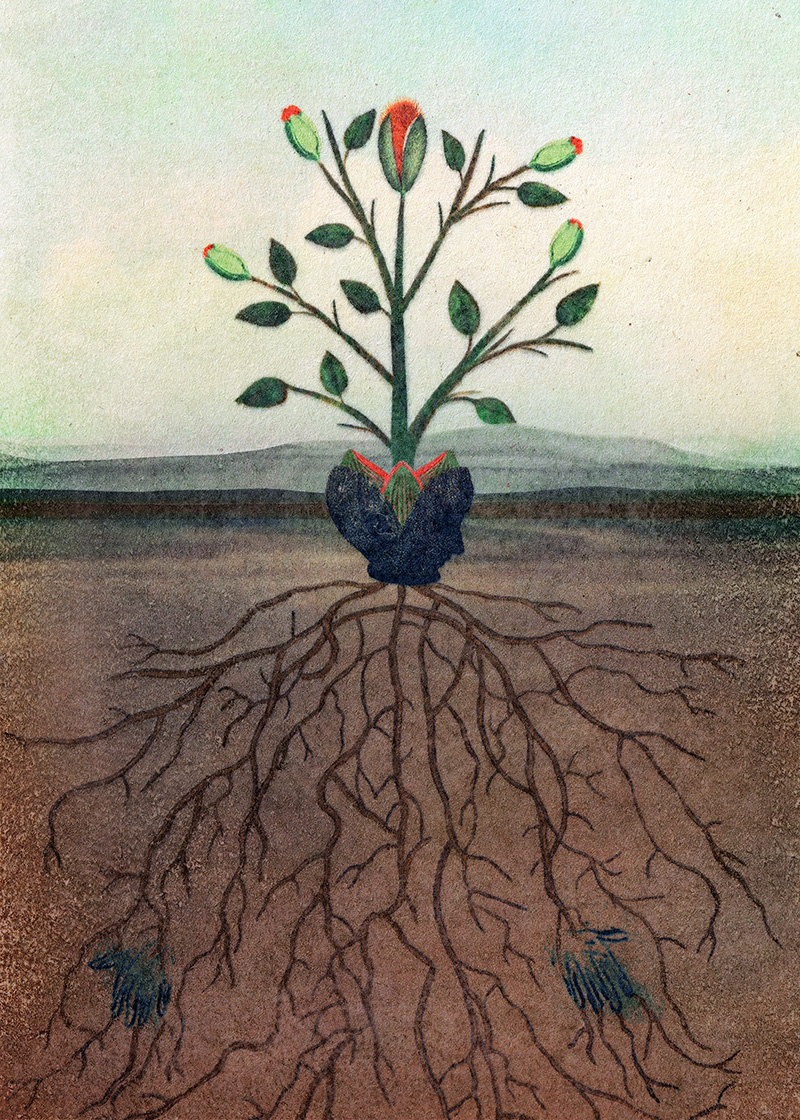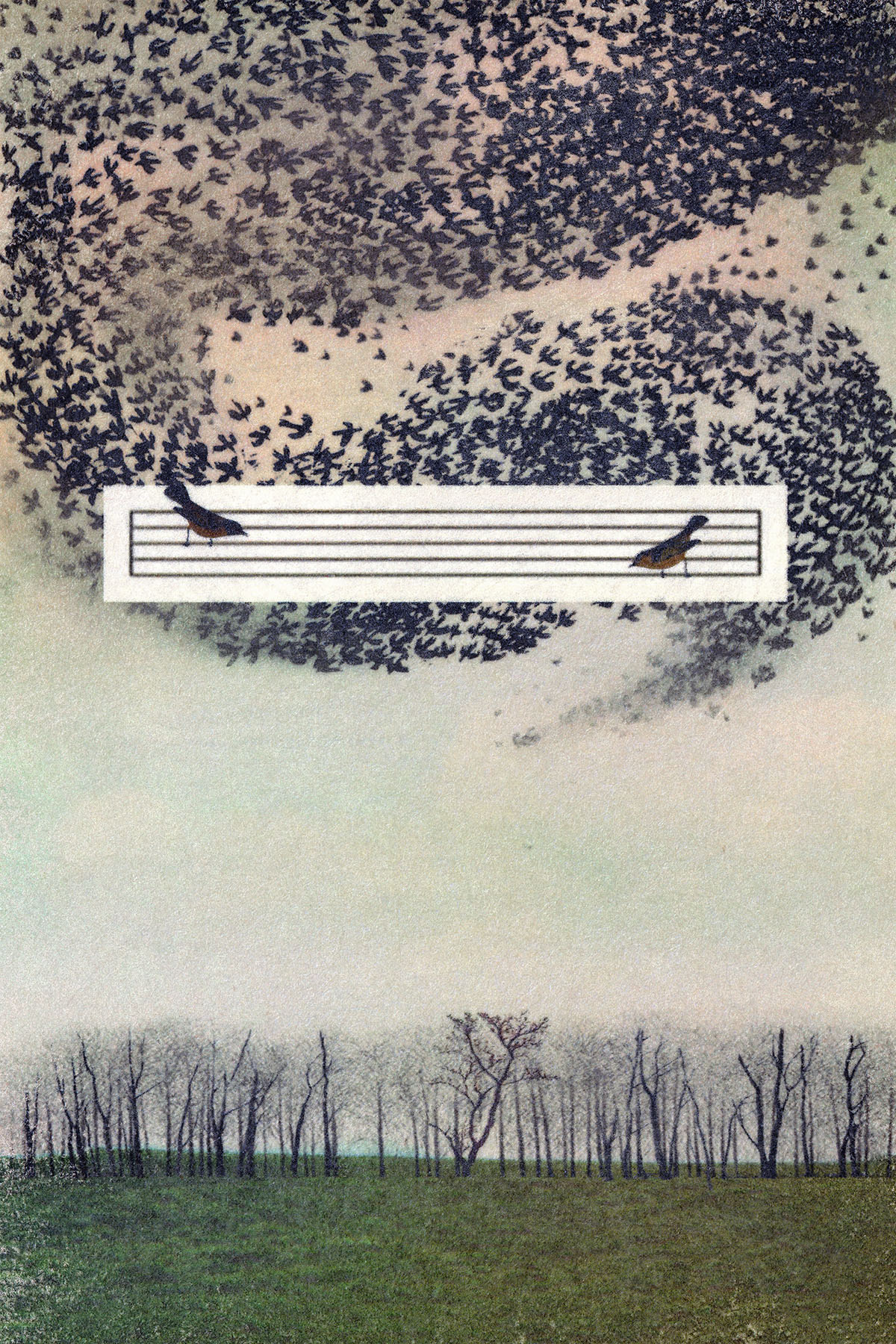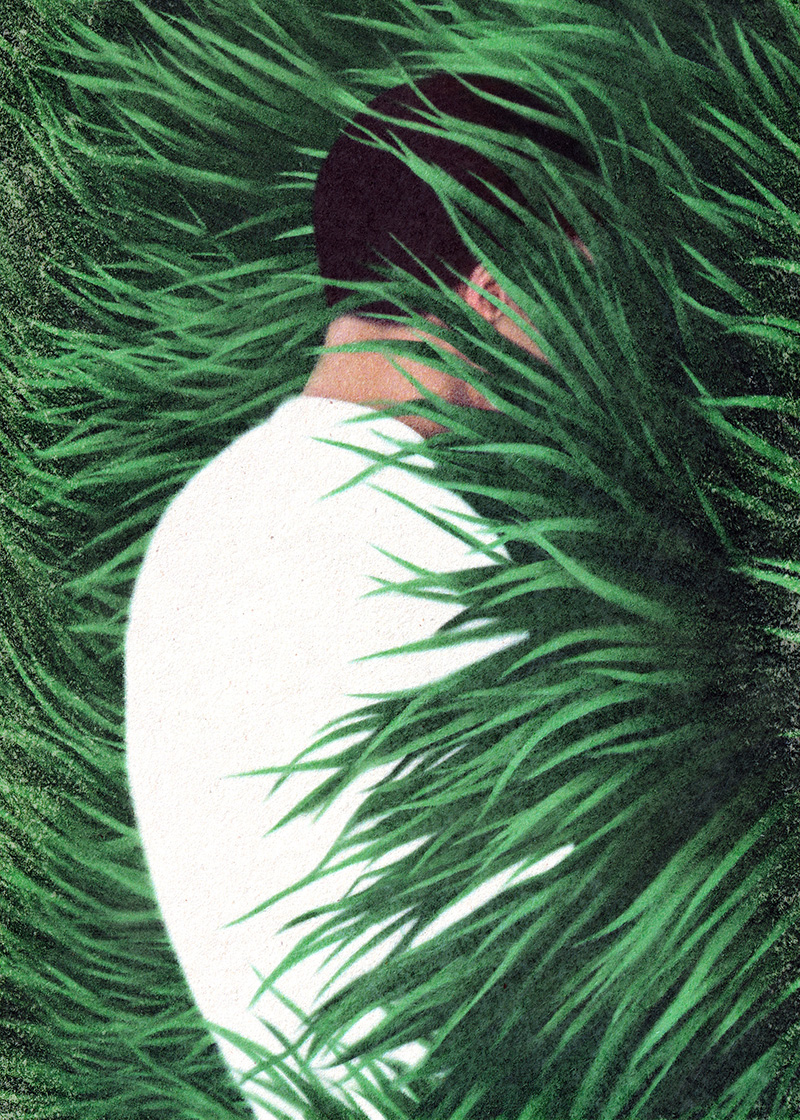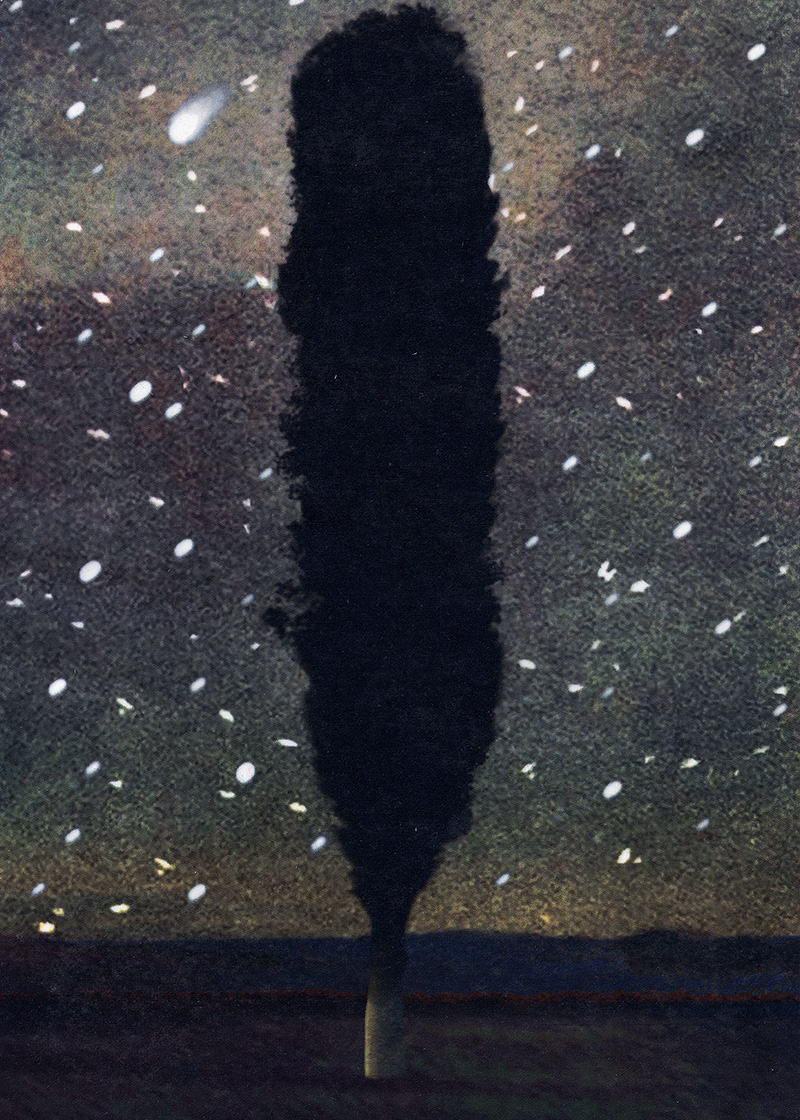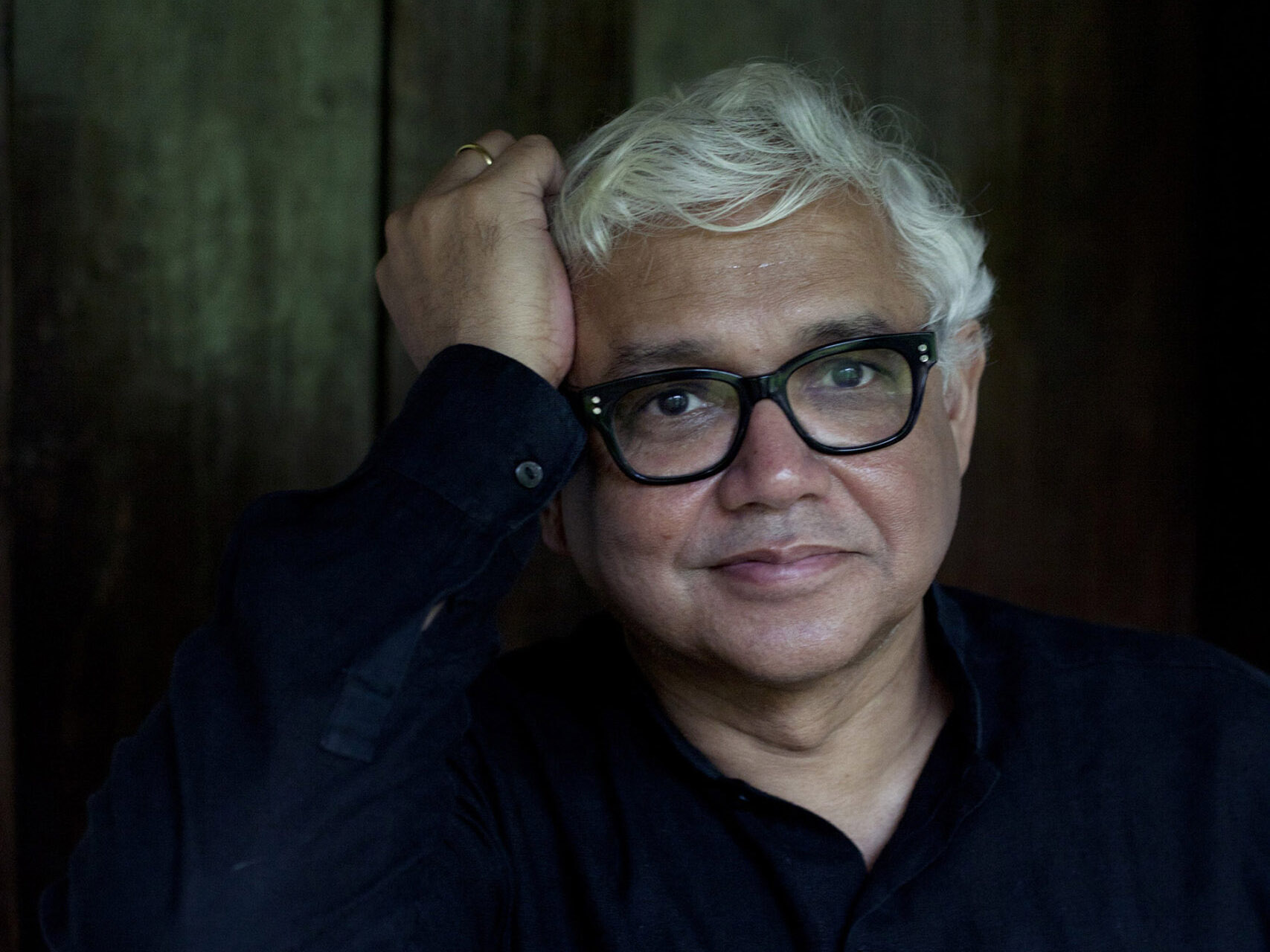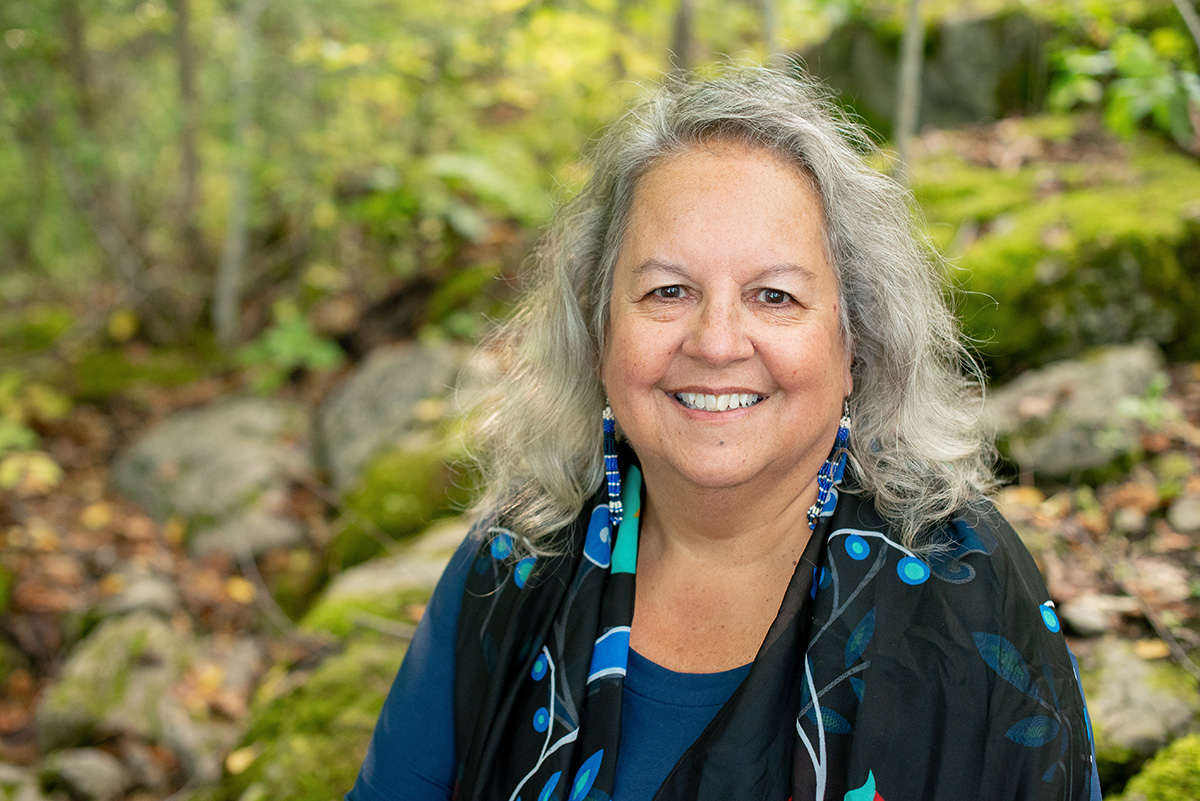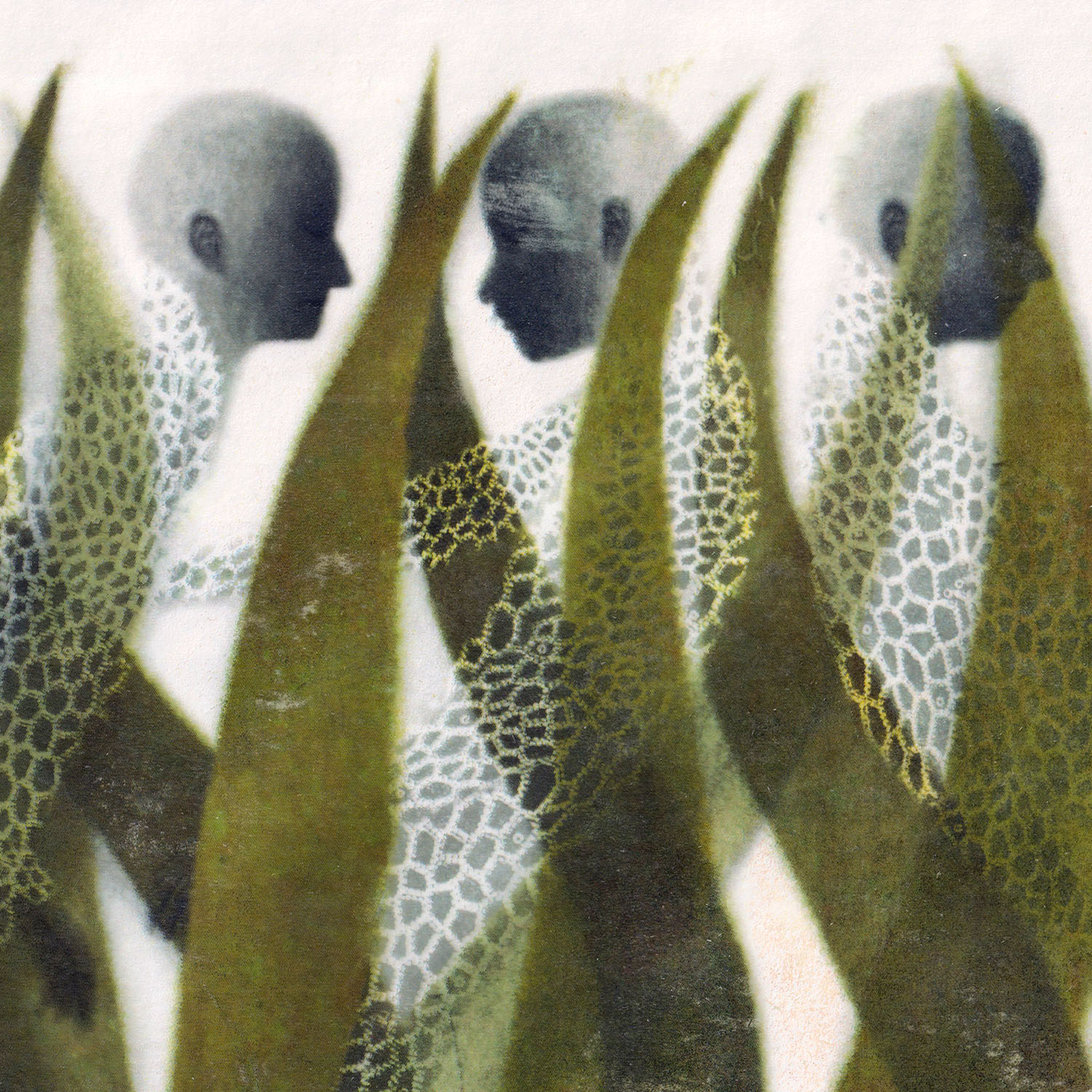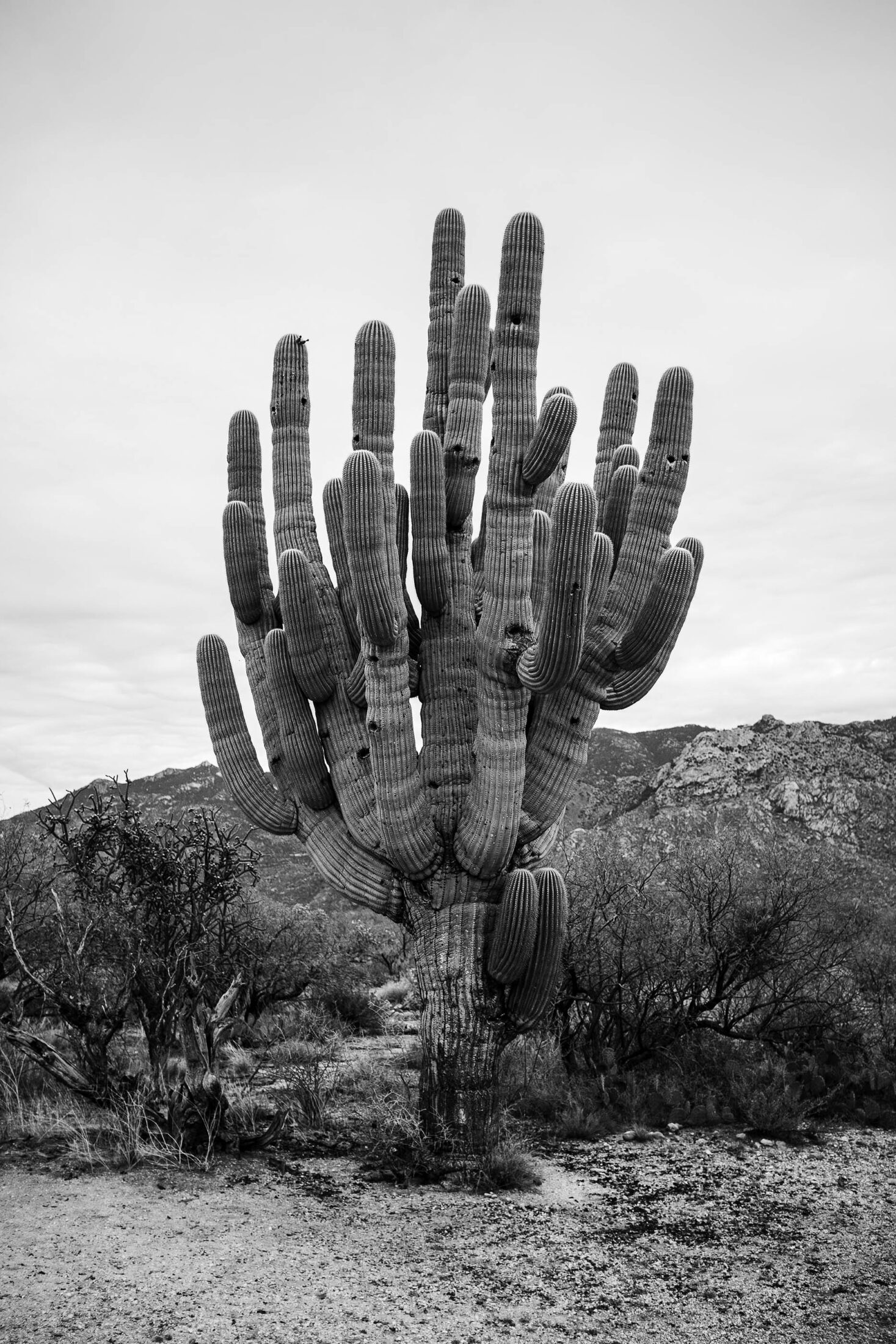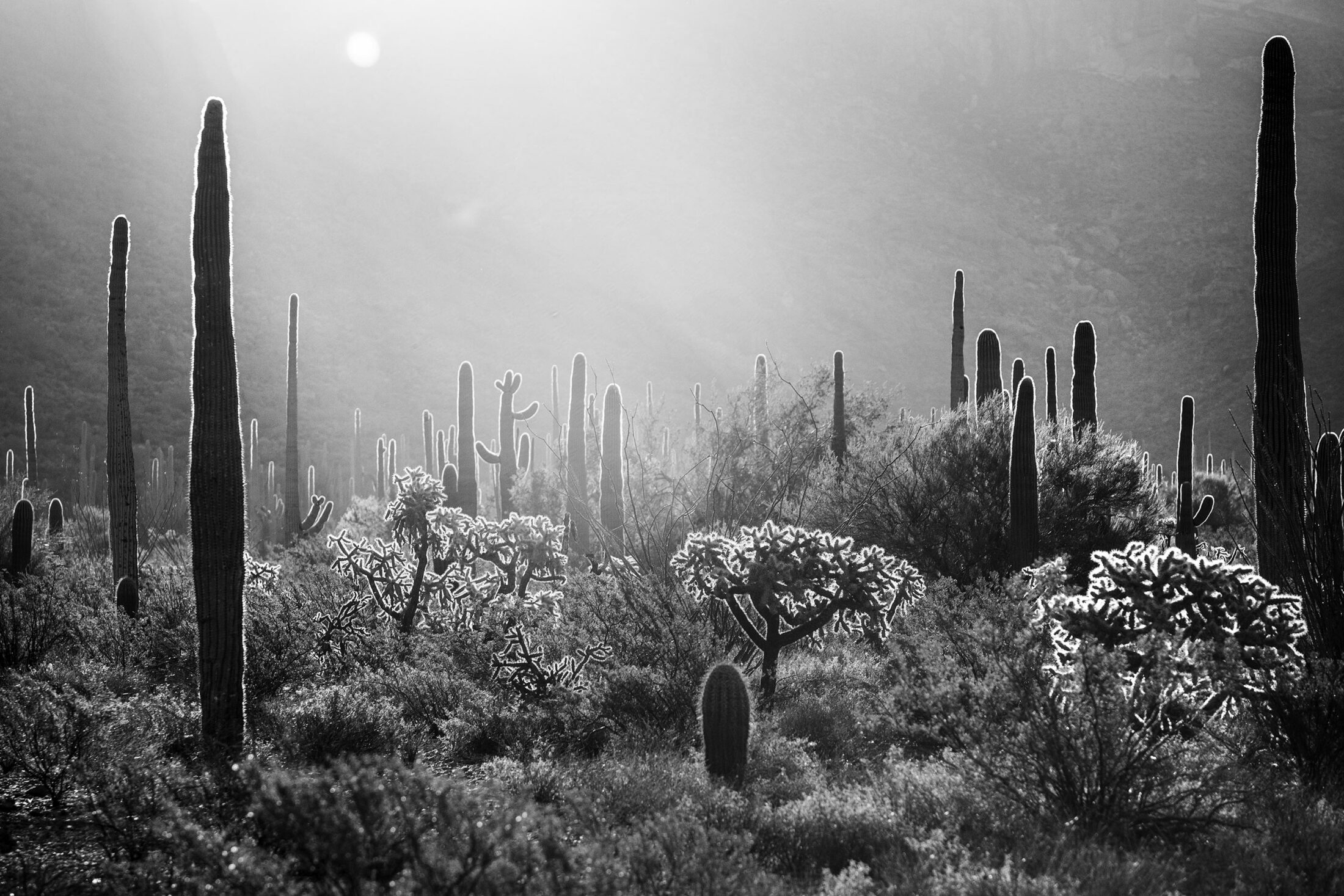Breathing with the Forest
Open FeatureAn immersive experience of shared breath with the Amazon rainforest.
It has always been a radical act to share stories during dark times. They are regenerative spaces of creation and renewal. As we experience a loss of sacred connection to the earth, we share stories that explore the timeless connections between ecology, culture, and spirituality.
Our first hardcover edition, Time: Volume 5 explores the vast mystery of Time, journeying through its many landscapes: deep time, geological time, kinship time, ancestral time, and sacramental time. If we can recognize a different kind of Time, can we come to dwell within it?
Dive deeper into our four-part Shifting Landscapes film series with our new Engagement Guide, which invites you to reflect, discuss, and embark on a practice exploring the films’ themes.
This summer, we’re sharing a series of audio practices—each inviting you into an experience of Earth time. This episode orients you towards one of the simplest practices you can do to shift your sense of time: walking. Follow the metronomic rhythm of your feet—down a bustling street or through a secluded woodland—and learn how moving at your most natural pace allows you to form relationships with what surrounds you. Receptive to the present moment, open to a simultaneous experience of deep inwardness and profound outer attentiveness, and step into the expanse of the timeless.
This summer, we’re sharing a series of audio practices—each inviting you into an experience of Earth time. This episode orients you towards one of the simplest practices you can do to shift your sense of time: walking. Follow the metronomic rhythm of your feet—down a bustling street or through a secluded woodland—and learn how moving at your most natural pace allows you to form relationships with what surrounds you. Receptive to the present moment, open to a simultaneous experience of deep inwardness and profound outer attentiveness, and step into the expanse of the timeless.
